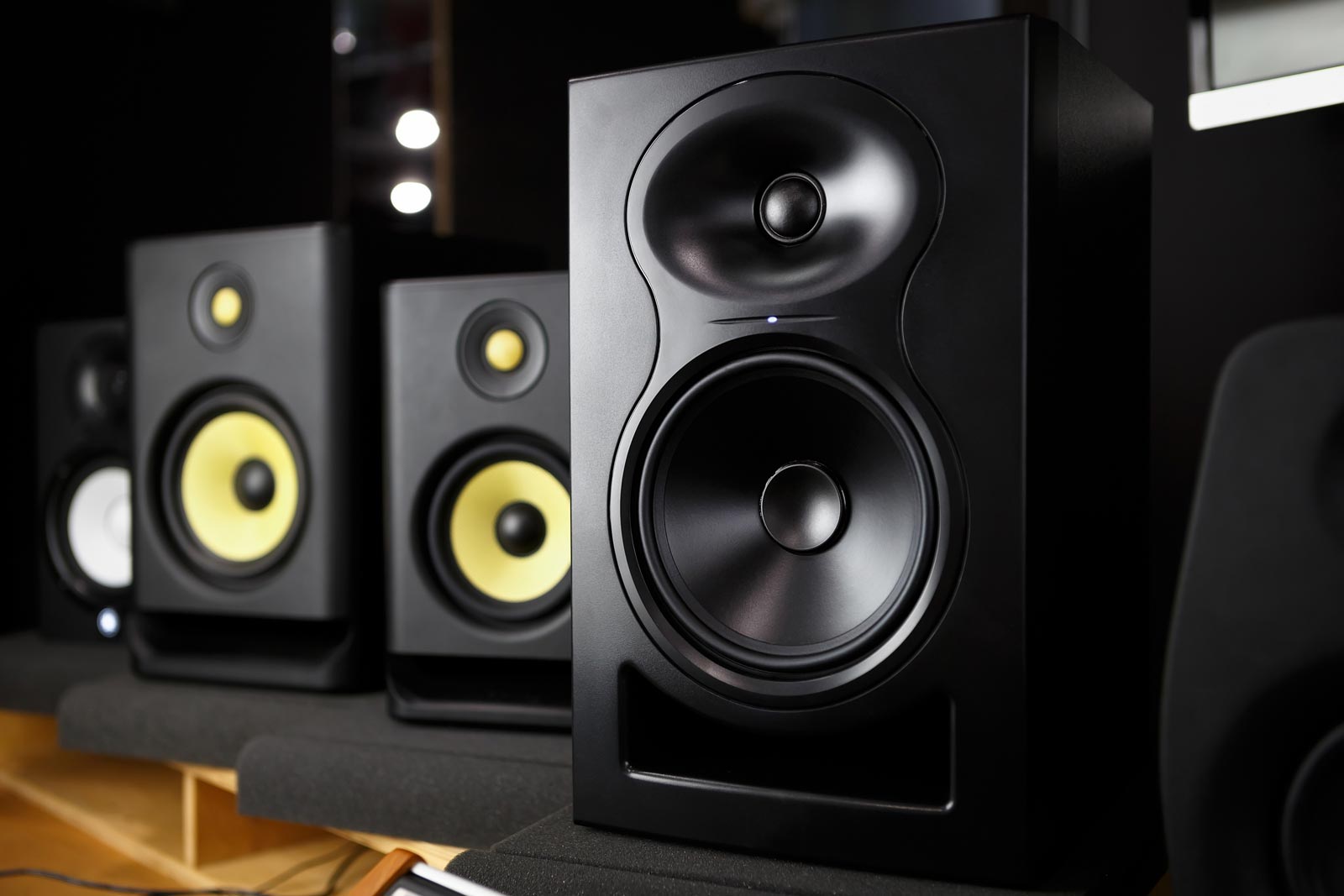Blogs

DIY vs. Pro Install: Why Audio Systems Deserve More Than a Quick Plug-In
- Super User
Let’s talk about something that happens far more often than folks like to admit: someone buys a fancy new audio system, hauls it home, and—armed with optimism and maybe a YouTube tutorial or two—decides to handle the setup solo. A few hours later, wires are tangled like Christmas lights in July, the sound is bouncing off the ceiling fan, and one speaker keeps playing everything two seconds late.
It’s a classic case of good intentions meeting the reality of audio installation. The good news? This is fixable. The better news? Avoiding the problem entirely is even easier—with the right approach from the beginning.
The Difference Between “It Works” and “It Works Well”
Most audio systems will technically function right out of the box. Plug them in, turn them on, and something will play. But there’s a canyon-wide gap between sound that merely exists and sound that feels like it was custom-made for the space it’s in.
Audio doesn’t behave the same in every room. Soundwaves interact with walls, ceilings, and furniture. Hardwood floors bounce sound like racquetballs, while thick carpets can swallow frequencies whole. Without proper calibration, a system might deliver bass that rattles the windows—or no bass at all.
This is where professional calibration makes a difference. It’s not just about turning knobs or adjusting volume—it’s a science. Tools are used to measure frequencies, echo points, and speaker delay. A calibrated system is balanced, directional, and smooth. Think less “garage band” and more “symphony-level dinner party.”
Wires, Woes, and Wireless Wishful Thinking
Wireless systems promise simplicity. And they do reduce cable clutter—sometimes. But even wireless setups have their quirks. There’s still power to manage, signal strength to consider, and compatibility issues waiting in the shadows.
Professionals know how to route power efficiently, avoid interference, and—here’s the real magic—hide everything so it doesn’t look like the room was wired by a squirrel with a soldering iron.
In contrast, many DIY installations start neat and end up looking like someone tried to lasso a router.
Integration: Where Systems Go to Live Together (or Not)
Modern audio setups aren’t just one device. It’s usually a combination of components—receivers, amps, streamers, multi-zone audio systems, Bluetooth connections, and smart home interfaces.
Each of these has its own language, and getting them to communicate smoothly isn’t always plug-and-play. Ever tried to use one remote to control six different things? It either leads to confusion or a drawer full of batteries and bad decisions.
Professionally installed systems are designed to work together from the start. They’re programmed, tested, and aligned so that one button does what it’s supposed to do—every time. And when future upgrades happen, the foundation is already built to support them.
Soundproofing vs. Sound Apology Letters
Here’s something folks don’t consider until it’s too late: good sound is not always quiet sound. It can fill a space without being overwhelming. Without the right layout and settings, though, volume control becomes more like damage control.
Walls aren’t soundproof by default. Subwoofers near corners can cause sound to multiply and shake objects off shelves. Certain frequencies can punch through drywall like it’s made of paper towels. A professional setup keeps the audio inside the room, not echoing down the street or into the neighbor’s cat’s nightmares.
Weather Matters, Too
In the South, humidity and audio equipment have an ongoing rivalry. Moisture can creep into speaker cones, corrode wiring, and generally make life harder than it needs to be. Especially in outdoor setups or semi-covered areas, choosing the right materials and installing them properly is more than a suggestion—it’s a survival strategy.
Installing a speaker near a downspout or heat vent might seem harmless until the first summer thunderstorm rolls through. A good installer thinks about that ahead of time, so nobody’s system turns into a science experiment.
Longevity: The Long Game That DIY Often Loses
There’s pride in doing something yourself. No doubt about that. But when that pride leads to a call for help six months later because the sound randomly cuts out every Tuesday at 3 p.m., it becomes clear that some things are worth outsourcing.
Professionally installed systems tend to last longer, perform better, and need fewer band-aid fixes over time. Plus, they come with actual support—something not included in most cardboard boxes.
In Conclusion
Audio systems, like barbecue pits and power tools, work best when they’re handled with a little know-how. DIY has its place, but when it comes to building an audio experience that feels effortless, clean, and built to last, doing it right the first time can save a whole lot of future frustration.
So whether it’s a small patio setup or a full-home system, the goal isn’t just “sound.” The goal is good sound—sound that feels like it belongs exactly where it is, doing exactly what it should.
And that, my friends, is music to anybody’s ears.



